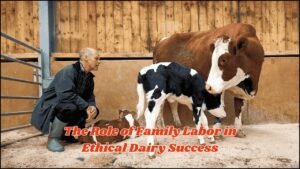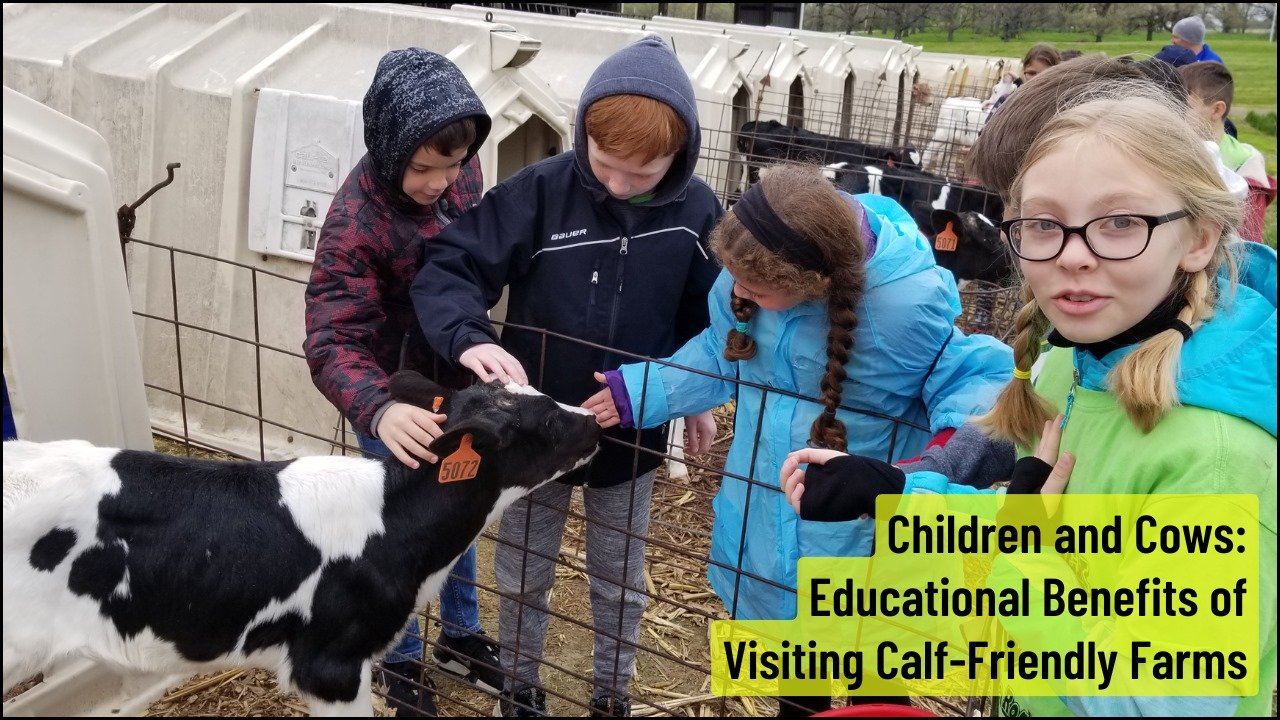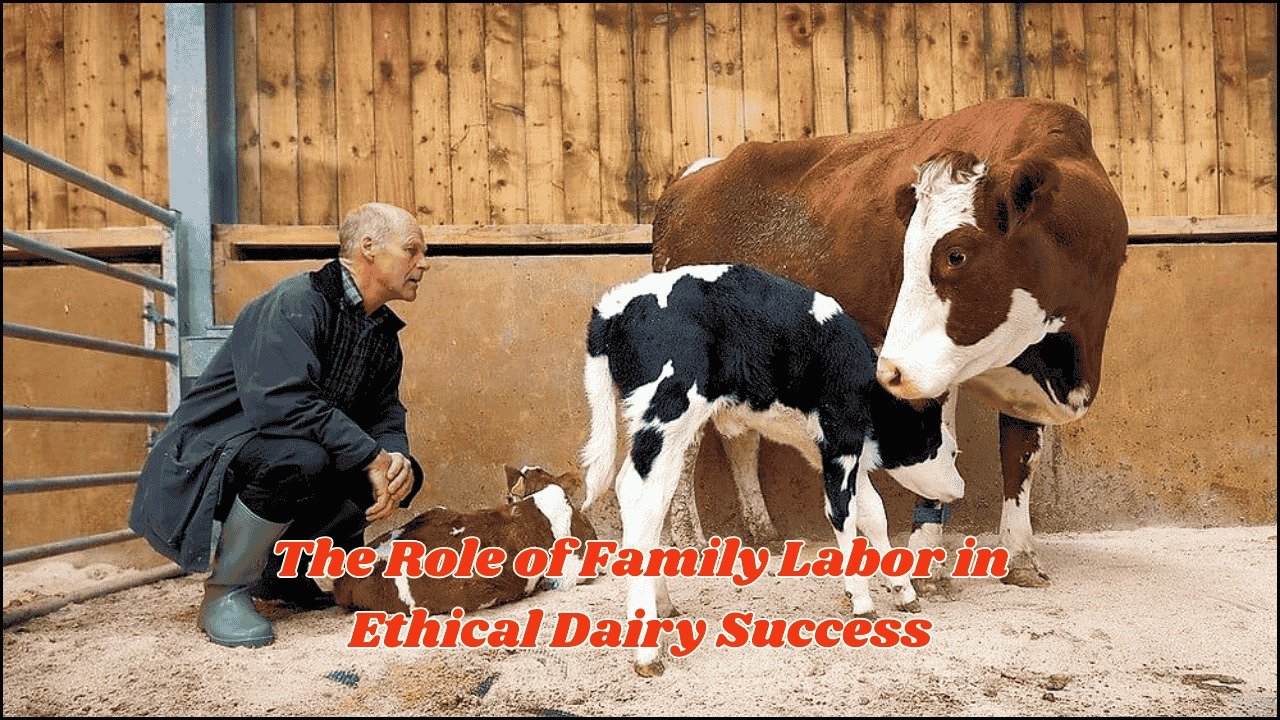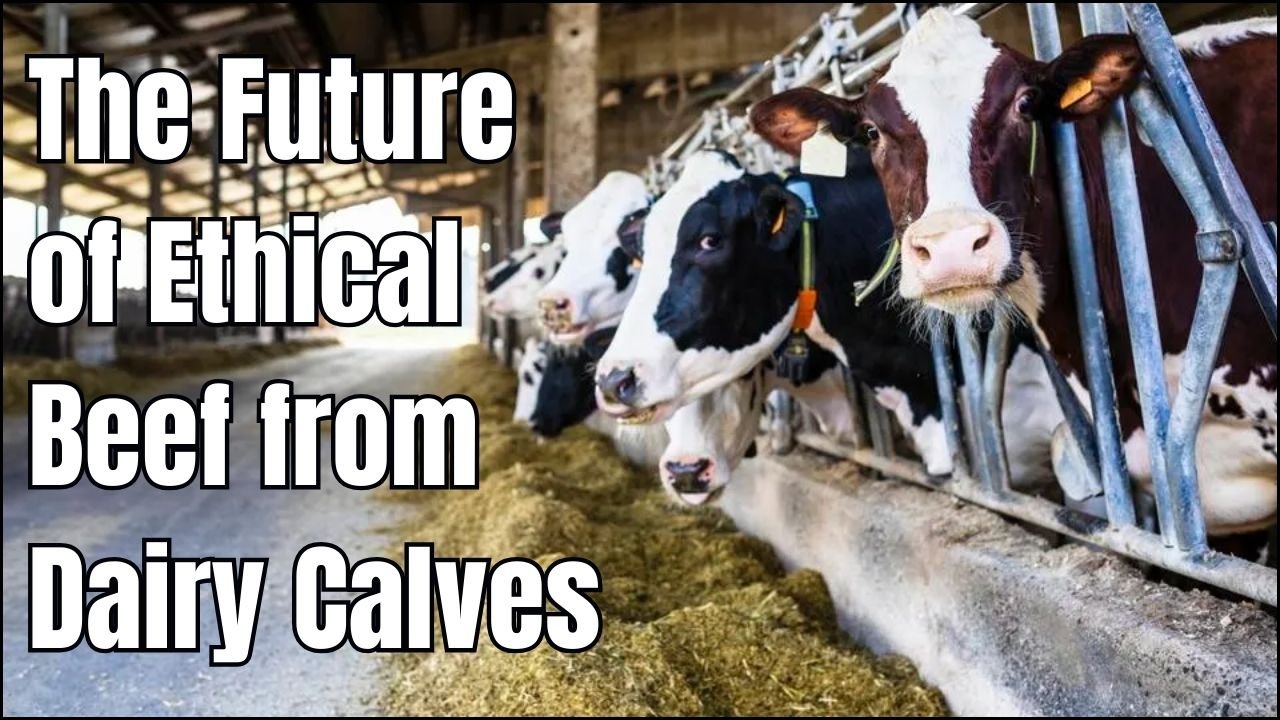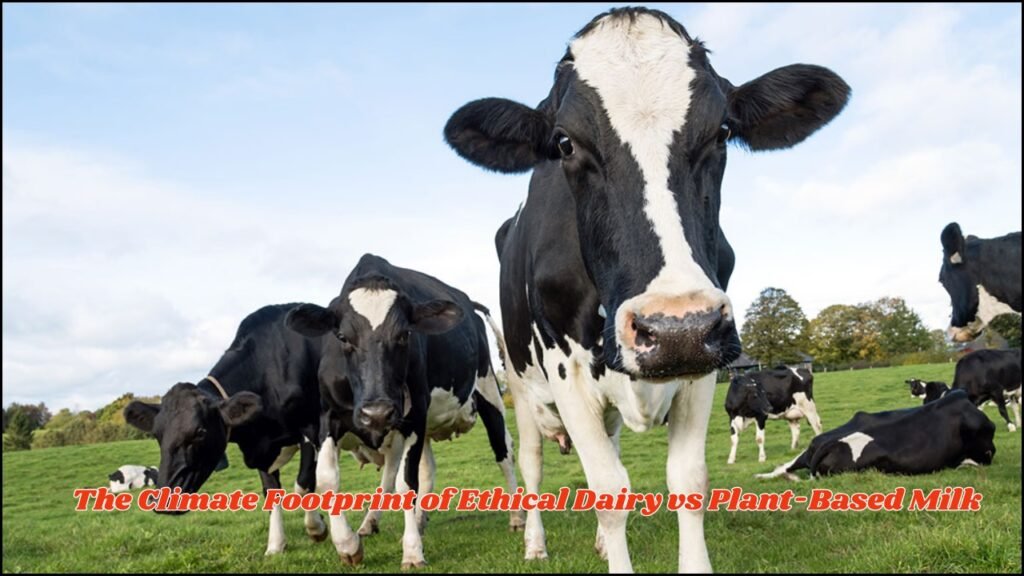
When choosing between ethical dairy and plant-based alternatives, many consumers wonder which option is truly better for the planet. While plant-based milk is often promoted as the greener choice, ethical dairies argue that welfare-led farming can reduce emissions and resource use compared to industrial dairy models. A fair comparison of carbon, water, and land use reveals a more nuanced picture than simple assumptions suggest.
Table of Contents
Overview
| Environmental Factor | Ethical Dairy Milk | Plant-Based Milk | Long-Term Outlook |
|---|---|---|---|
| Carbon Footprint | Higher, but reduced with regenerative practices | Lower overall, crop-dependent | Improvement possible in both |
| Water Use | Moderate to high | Low (oat/soy), very high (almond) | Efficiency gains needed |
| Land Use | Larger footprint, offsets through soil health | Smaller but monocrop concerns | Mixed results |
| Biodiversity | Supports ecosystems if managed well | Risk of habitat loss | Needs balance |
| Consumer Demand | Welfare-driven buyers | Climate and vegan-focused | Both markets growing |
| Sustainability Role | Integrates welfare with environment | Strong carbon efficiency | Complementary strategies |
Why Comparing Footprints Matters
Milk is a staple food across the world, but its production has significant environmental impacts. Evaluating both ethical dairy and plant-based milk requires looking at three key areas:
- Carbon footprint – greenhouse gas emissions linked to farming, transport, and processing.
- Water use – the amount of freshwater consumed in production.
- Land use – the area needed to sustain crops or livestock.
Only by assessing all three factors can consumers make informed, climate-conscious choices.
Carbon Footprint: Dairy vs Plant-Based
Traditional dairy farming is associated with methane emissions from cows, which are potent greenhouse gases. Ethical dairies, however, are attempting to reduce this impact through pasture-based systems, improved feed efficiency, and regenerative grazing.
Plant-based milks, such as oat, almond, and soy, generally have lower carbon footprints. Yet transport emissions, fertilizer use, and deforestation (particularly with soy) complicate the story.
- Ethical dairy: Carbon intensity reduced through welfare-led, pasture-based methods.
- Plant-based: Lower average emissions per liter, but varies by crop and production method.
Water Use: A Key Environmental Challenge
Water consumption differs greatly between dairy and plant-based options:
- Dairy milk requires significant water for cattle hydration, cleaning, and feed crops. Ethical dairies that rely on rain-fed pastures reduce irrigation needs.
- Almond milk is the most water-intensive plant-based alternative, especially in regions like California where irrigation competes with scarce resources.
- Oat and soy milk use less water overall, making them comparatively sustainable.
Thus, not all plant-based milks have equal water footprints.
Land Use: Pastures vs Croplands
Cows need grazing space or cropland for feed, making dairy milk land-heavy. Ethical dairies try to offset this by practicing regenerative agriculture, which improves soil health and biodiversity.
Plant-based milks, on the other hand, generally require less land. Oats and soy in particular provide efficient yields compared to cattle grazing. However, large-scale monoculture farming for plant-based crops can still lead to habitat loss.
Direct Comparison of Climate Footprints
| Factor | Ethical Dairy Milk | Plant-Based Milk Alternatives |
|---|---|---|
| Carbon Emissions | Higher than plant milks but reduced under welfare-led, pasture systems | Generally lower, varies by crop |
| Water Use | Moderate to high; lower in pasture-based dairies | Very low for oats/soy, very high for almonds |
| Land Use | Larger per liter, mitigated by regenerative practices | Smaller overall, but monoculture risks exist |
| Biodiversity | Can enhance ecosystems through rotational grazing | Can reduce biodiversity with large-scale monocrops |
| Consumer Appeal | Supports animal welfare and ethical farming | Appeals to climate-conscious and vegan buyers |
Why the Comparison Isn’t Simple
The climate footprint depends on how each system is managed. Ethical dairies that prioritize regenerative farming may offset some carbon through soil sequestration, while poorly managed crop production for plant-based milks can cause ecological harm.
- Ethical dairy strengths: Supports biodiversity, soil regeneration, and animal welfare.
- Plant-based strengths: Lower emissions and land use overall, especially oats and soy.
- Shared challenges: Need for transparency in supply chains and improved farming methods.
Policy and Consumer Guidance
Governments are increasingly focused on sustainable farming and food production. Consumers are encouraged to diversify choices, support sustainable farming practices, and reduce food waste to lessen overall environmental impact. Official resources such as the U.S. Environmental Protection Agency (EPA) provide guidance on sustainable agriculture and climate-conscious food systems.
Future Outlook
Neither ethical dairy nor plant-based milk provides a perfect climate solution. Instead, the future of sustainable milk may lie in a combination of approaches: improving dairy’s regenerative capacity while expanding low-impact plant-based options.
Consumers who choose ethical dairies contribute to welfare and soil health, while those who opt for plant-based reduce emissions and land use. Together, both sectors can drive meaningful change in global food systems.
FAQs
Q:- Which milk has the lowest carbon footprint?
A = Plant-based milks, especially oats and soy, generally have lower emissions than dairy.
Q:- Do ethical dairies reduce environmental impact?
A = Yes, through regenerative grazing and welfare-led practices, though emissions remain higher than plant-based.
Q:- Is almond milk environmentally friendly?
A = Not always — it has very high water use, especially in water-scarce regions.



